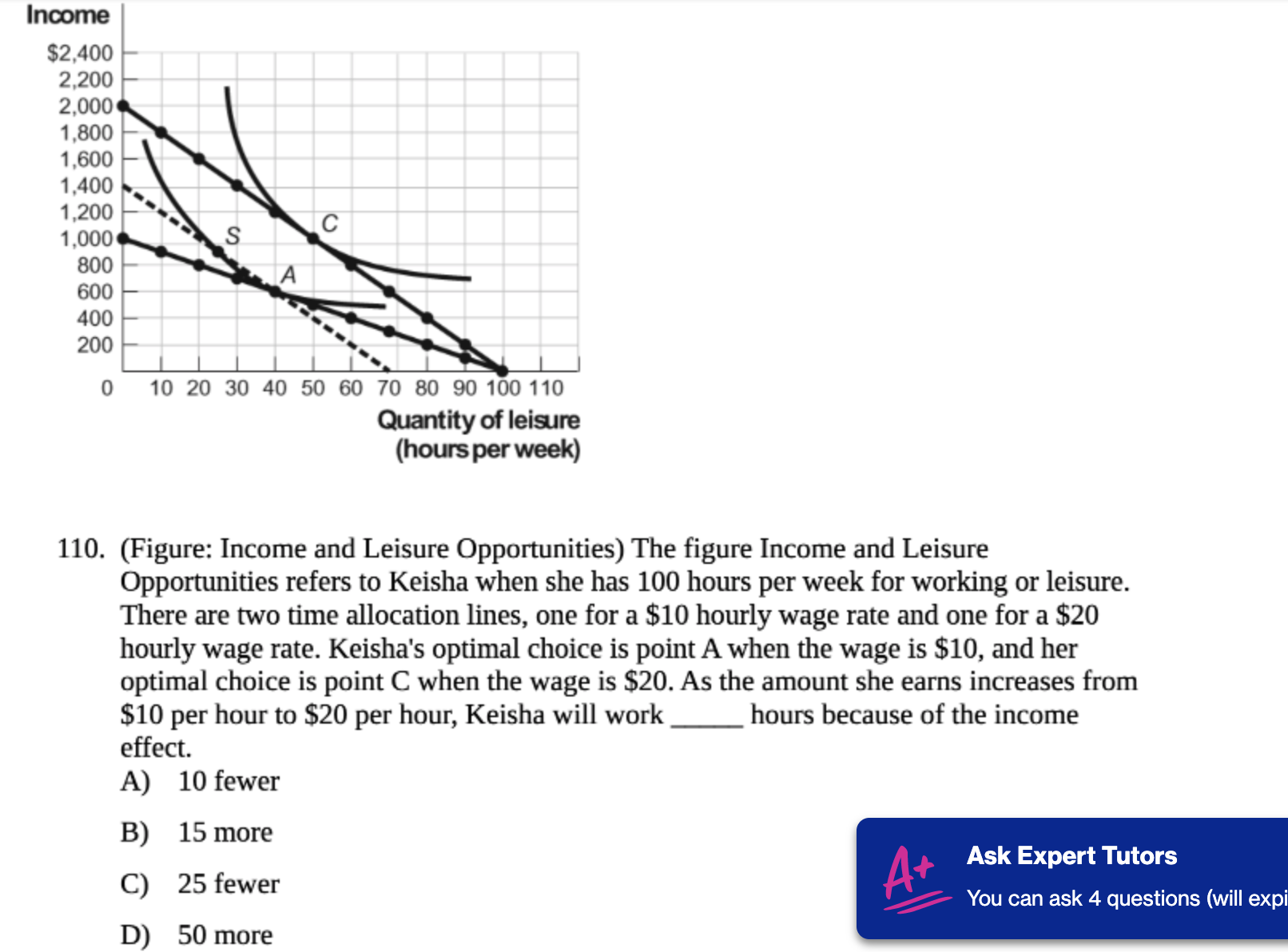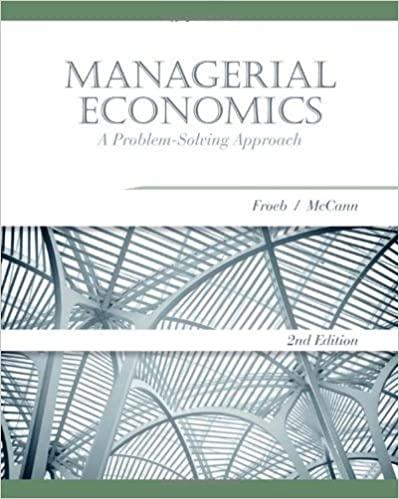Answered step by step
Verified Expert Solution
Question
1 Approved Answer
Income $2,400 2,200 2,000 1,800 1,600 1,400 1,200 1,000 S C 800 600 A 400 200 0 10 20 30 40 50 60 70 80

Step by Step Solution
There are 3 Steps involved in it
Step: 1

Get Instant Access to Expert-Tailored Solutions
See step-by-step solutions with expert insights and AI powered tools for academic success
Step: 2

Step: 3

Ace Your Homework with AI
Get the answers you need in no time with our AI-driven, step-by-step assistance
Get Started


